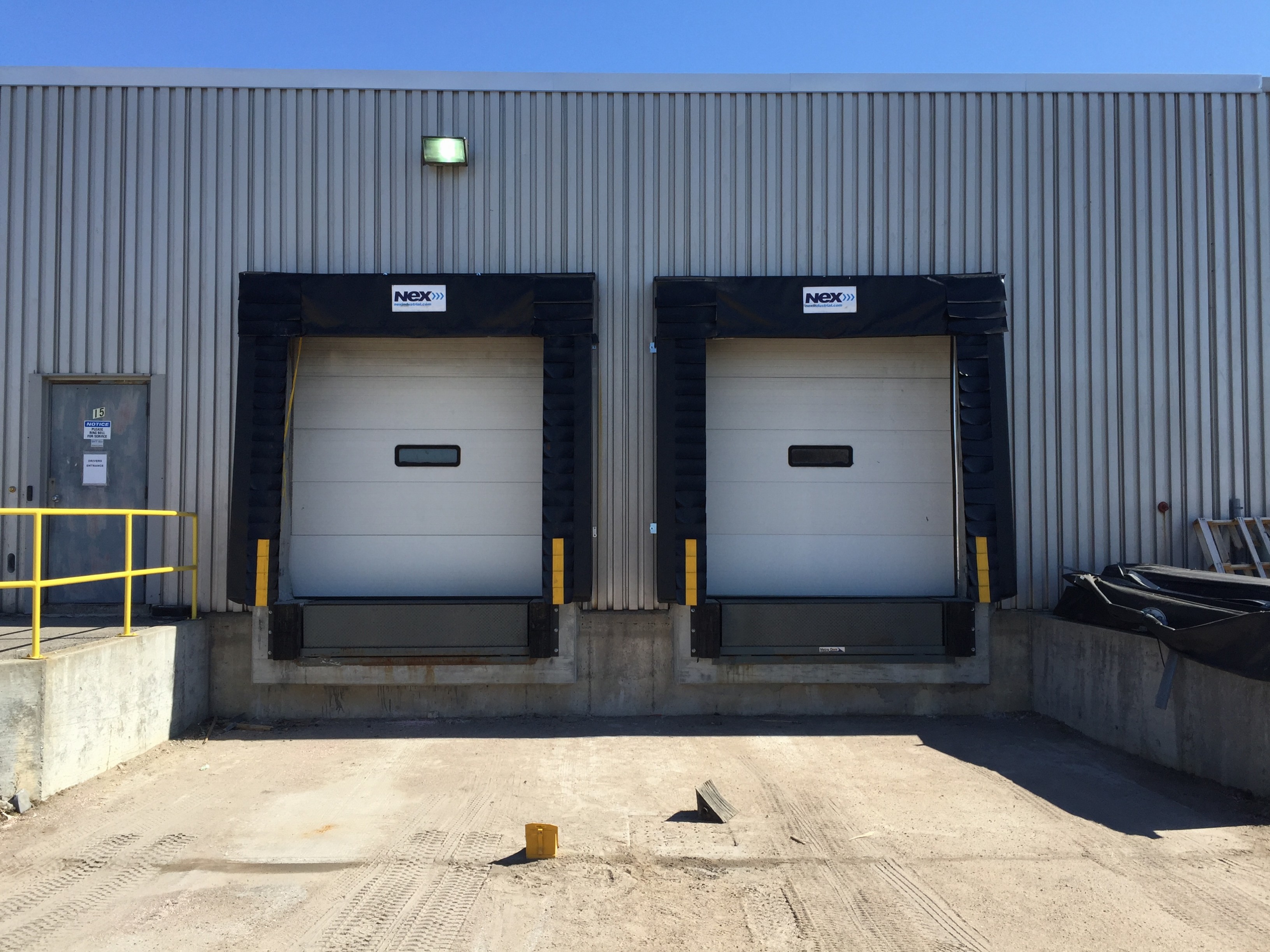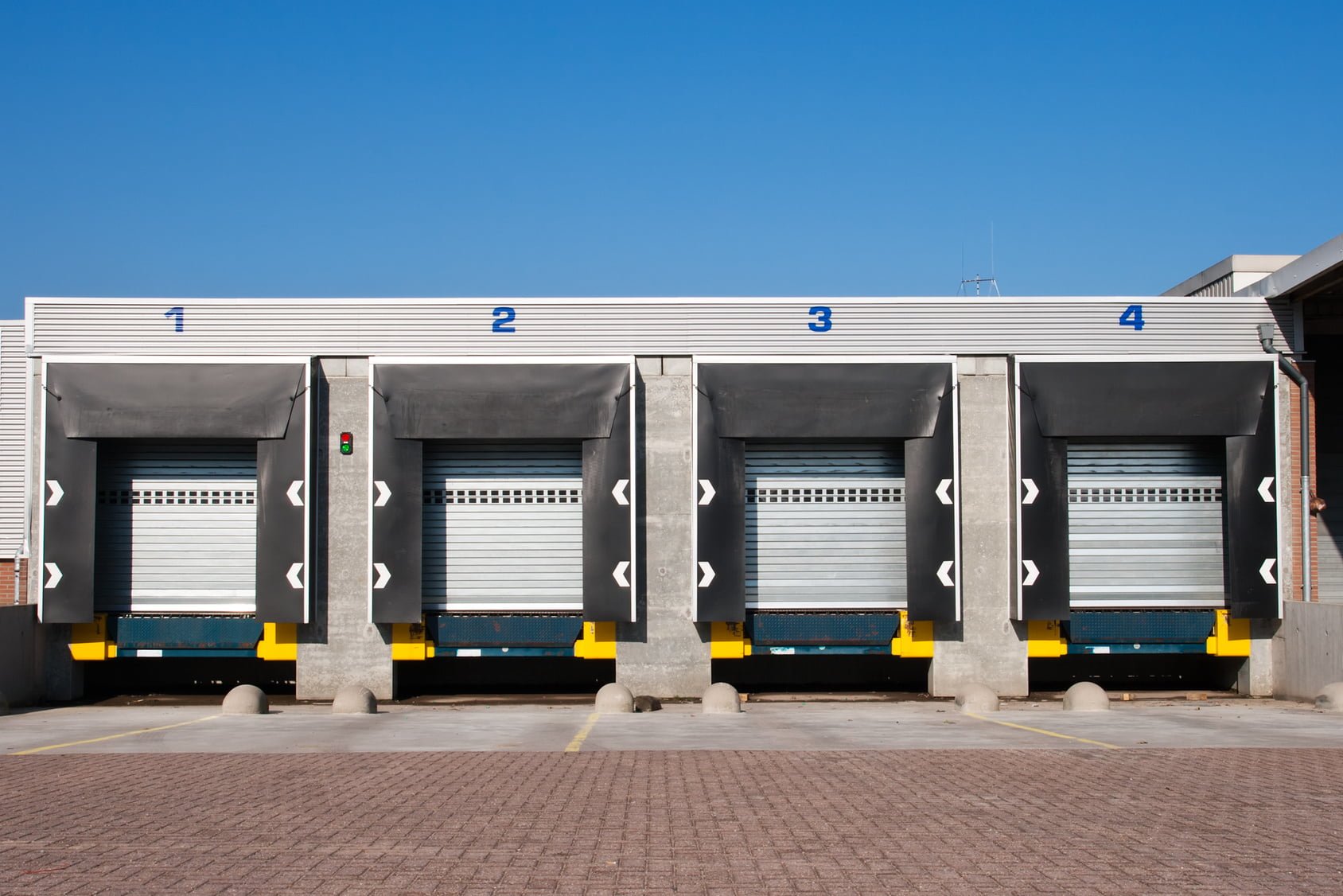

Aside from producing a nasty odor, these spills can attract unwanted insects or animals. Food and drinks can dry up on the surface, especially when stepped on and left to rot. To do this, you must impose a strict no eating and drinking policy when employees are in the loading dock area.
LOADING DOCKS FREE
It is important to keep them immaculate and free from any kind of filth, including fallen food and spilled drinks. Your loading docks serve as a mode of transport for your business’s goods. Apart from being a safety hazard, a slippery or muddy loading dock can potentially attract more contaminants.Įveryone gets hungry every now and then, but there is a proper place for eating and drinking. Without this preventative measure, your dock will likely become slippery and muddy. Rain and snow might provide you with a cozy night in, but they can be detrimental to your loading dock.įor the best protection, get a dock seal or shelter to keep rain and snow off of your loading docks. Even though most loading docks are located inside, the elements can still harm your facility. Just allocate a couple of staff members to carry out the work, and that should be enough.Īpart from time and traffic, a loading dock’s worst enemy is the weather. You don’t need to dispense all employees for this job.

To properly maintain your loading dock, make sure to set up a daily cleaning schedule.Īs a part of this schedule, make sure that you remove all accumulated debris, clean up all hazards and contaminants, and ensure that all safety regulations are enforced. As such, you should find time for loading dock cleaning, even during busy seasons.

Keeping loading docks clean demands a systematic approach to cleaning. Damaged or lost items are losses to a business, so you can easily hit two birds with one stone by securing them all properly. This precaution not only helps keep loading docks clean, but it also prevents your items from becoming damaged. In the case of any spills, make sure to immediately clean up all hazards before they spread and cause extensive damage. It is also very important to secure small items that can slip through a lift truck’s overhead guard.
LOADING DOCKS CRACK
They can even stain, chip, or crack your flooring, which will cost you more money to repair or replace.Īs a safety measure, use steel or plastic banding to secure products to pallets for transportation or storage. If items fall, they can leave behind nasty contaminants. Keeping your loading dock clean means keeping spills and falling items to a minimum.
LOADING DOCKS HOW TO
Here are some tips on how to keep your loading dock clean, which will help you avoid unnecessary financial and legal liabilities.Īn average loading dock processes at least hundreds, if not thousands, of items each day. Luckily, you do not have to face these issues. In the end, neglect will cause your business to suffer and fail. Other than that, a dirty loading dock sends the wrong signal to potential customers, repelling them in the process. All of this will cost you an arm and a leg to fix and will open yourself up to possible legal trouble. Without proper maintenance, your loading dock can become a hazard, potentially causing employees to slip and injure themselves, forklifts to overturn, debris to fall, and chemicals to splash. To keep them clean, you will need to perform regular maintenance in the area. As a result, these docks tend to accumulate plenty of dirt, grime, and other pollutants on a daily basis. Various people go through them every day, with the added weight of heavy equipment and a plethora of products. Loading docks are usually found at production plants, stores, and other commercial buildings. As such, it is essential for an effective business to keep loading docks clean. Over time, a loading dock can become worn, resulting in the build-up of dirt, mildew, mold, and other contaminants. Loading docks are a company’s main point of distribution of materials and products.


 0 kommentar(er)
0 kommentar(er)
